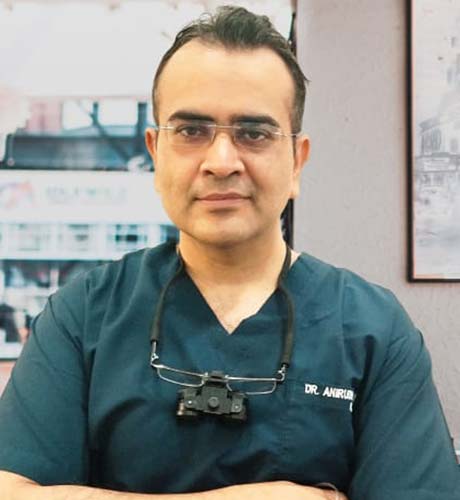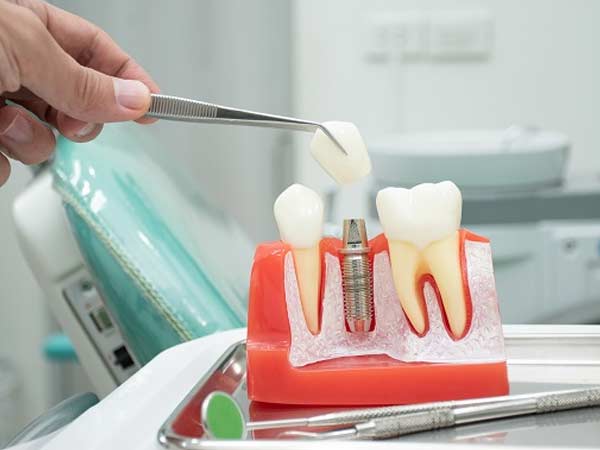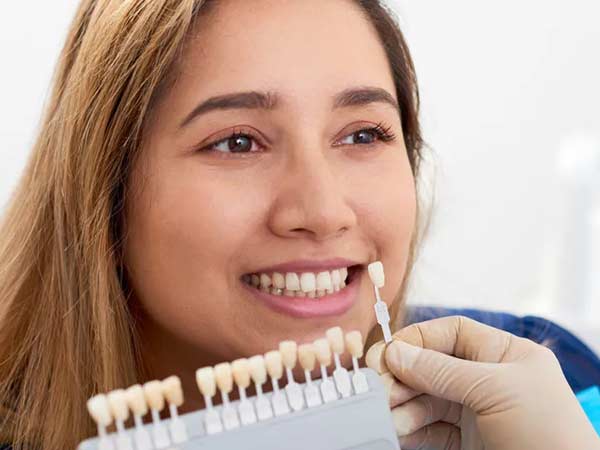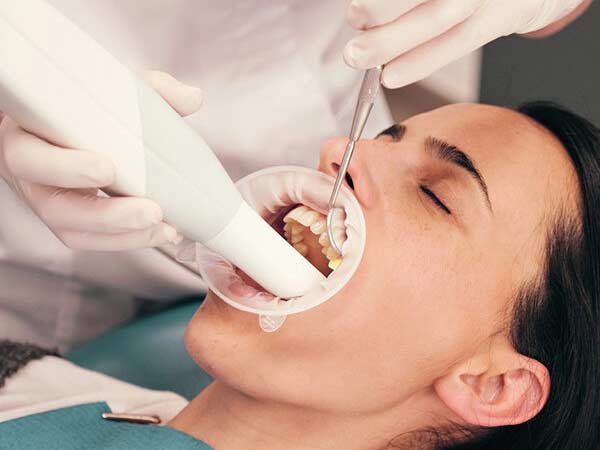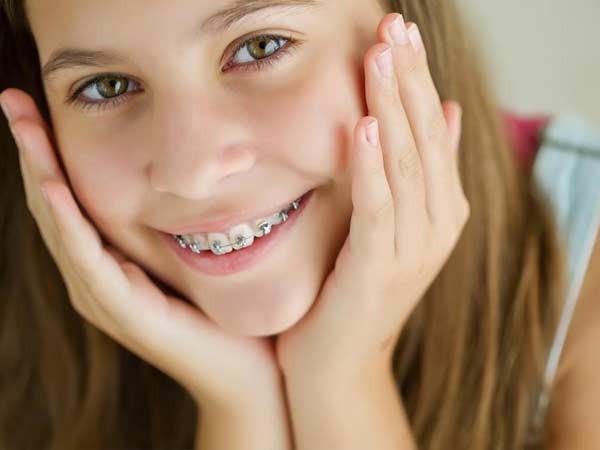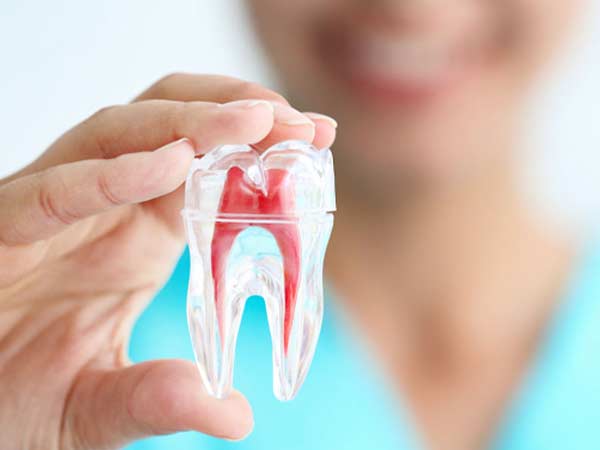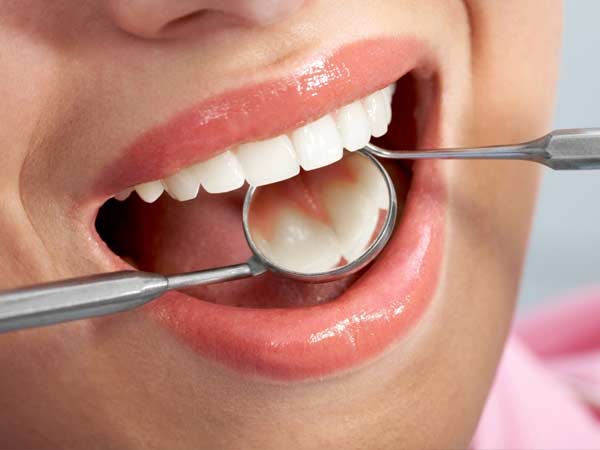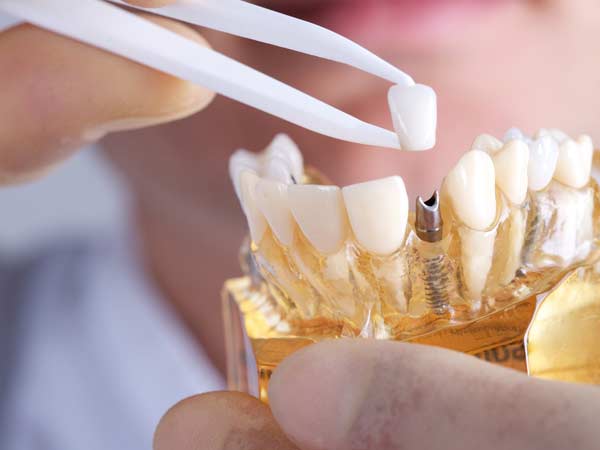Fluoride is a natural mineral. It contributes to the development of strong teeth and helps prevent tooth decay. Fluoride is particularly helpful in the early stages of dental caries. With topical fluoride treatments, dental caries can be addressed in its microscopic stages before it does any notable damage to the teeth.
How does fluoride protect against tooth decay?
Cavities develop when bacteria clings to teeth and turns into sticky plaque. As plaque sits on the teeth, it starts to erode the enamel and gum tissue. Of course brushing and flossing as well as regular visits to the dentist help get rid of excess plaque – but some inevitably develops. Fluoride provides extra protection against the damage plaque can do.
Can fluoride treatments reverse tooth decay?
Fluoride treatments can indeed reverse early tooth decay.
A tooth’s outer layer of enamel either acquires more or loses some minerals every day. When the plaque acid eats away at the layer, this leads to a loss of minerals or demineralization. Too much demineralization can lead to tooth decay. Fluoride helps the teeth remineralize, which means it helps repair early decay and become stronger.
Fluoride treatments in children under the age of six means the mineral becomes incorporated into the development of their permanent teeth. As a result, their adult teeth grow stronger and more resilient. Children who have fluoride treatments have teeth that are less vulnerable to decay.
Who should get fluoride treatments?
The American Academy of Pediatric Dentistry recommends children between the ages of 6 months and 16 years have some form of fluoride every day. This daily fluoride may come in toothpaste or fluoridated drinking water.
Fluoride treatments are safe and effective. Fluoride has been used for decades to protect tooth enamel in kids and adults.
How are fluoride treatments applied?
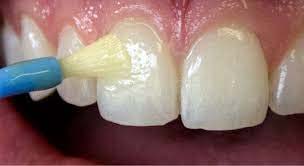
A fluoride varnish or gel can be brushed onto your child’s teeth by a dentist or your primary care provider. The treatment takes just a minute to apply. Your child can eat and drink shortly afterwards – at the most they must wait about 30 minutes. Fluoride treatments may be applied every 3-6 months and to baby teeth when they first appear.
When it comes to fluoride, more isn’t better. Using toothpaste, having fluoridated water, and/or professional fluoride treatments on a timetable recommended by us is enough. Avoid allowing your child to swallow or “eat” toothpaste or get into fluoride supplements if you have them in the house.
Once your child has a tooth, your doctor may recommend that your child receive fluoride varnish treatments in the our clinic to help prevent tooth decay. This can be done 2 to 4 times per year. The number of treatments depends on how likely it is that your child may get a cavity.
What is Fluoride Varnish?
Fluoride varnish is a dental treatment that can help prevent tooth decay, slow it down, or stop it from getting worse. Fluoride varnish is made with fluoride, a mineral that can strengthen tooth enamel (outer coating on teeth).
Keep in mind that fluoride varnish treatments cannot completely prevent cavities. Fluoride varnish treatments can best help prevent decay when a child is also brushing using the right amount of toothpaste with fluoride, flossing regularly, getting regular dental care, and eating a healthy diet.
Is Fluoride Varnish Safe?
Fluoride varnish is safe and used by dentists and doctors all over the world to help prevent tooth decay in children. Only a small amount is used, and hardly any fluoride is swallowed. It is quickly applied and hardens. Then it is brushed off after 4 to 12 hours.
Some brands of fluoride varnish make teeth look yellow. Other brands make teeth look dull. However, the color of your child’s teeth will return to normal after the fluoride varnish is brushed off. Most children like the taste.
How is Fluoride Varnish Put on the Teeth?
Fluoride varnish is painted on the top and sides of each tooth with a small brush. It is sticky but hardens once it comes in contact with saliva. Your child may feel the hardened varnish with his tongue but will not be able to lick the varnish off.
It does not hurt when the varnish is applied. However, young children may still cry before or during the procedure. Fortunately, brushing on the varnish takes only a few minutes. Also, applying the varnish may be easier when a child is crying because his mouth will be slightly open.
You may be asked to hold your child in your lap while you are placed knee-to-knee with the person applying the varnish.
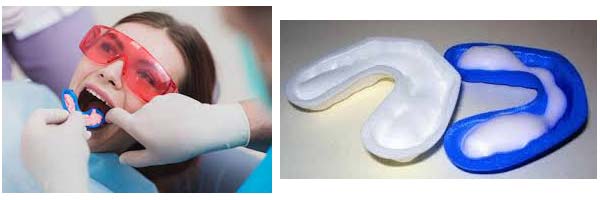
How Do I Care for My Child’s Teeth After Fluoride Varnish is Applied?
Here are general guidelines on how to care for your child’s teeth after fluoride varnish is applied. Check with your child’s doctor for any other special instructions.
- Your child can eat and drink right after the fluoride varnish is applied. But only give your child soft foods and cold or warm (not hot) foods or liquids.
- Do not brush or floss teeth for at least 4 to 6 hours. Your child’s doctor may tell you to wait until the next morning to brush or floss. Remind your child to spit when rinsing, if he knows how to spit.
Remember:
Steps to good dental health include:
- Regular care by a dentist trained to treat young children
- Getting enough fluoride
- Regular brushing and flossing
- Eating right
The American Academy of Pediatrics recommends that all infants receive oral health risk assessments by 6 months of age. Infants at higher risk of early dental caries should be referred to a dentist as early as 6 months of age and no later than 6 months after the first tooth erupts or 12 months of age (whichever comes first) to establish their dental home. Every child should have a dental home established by 12 months of age.

